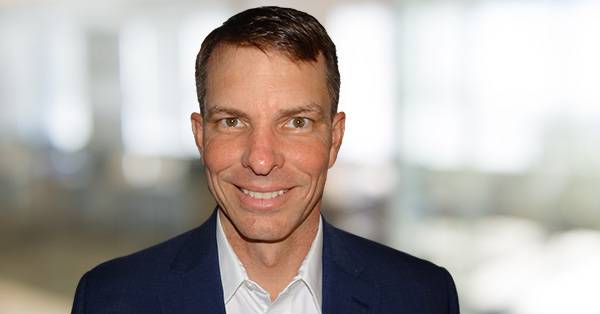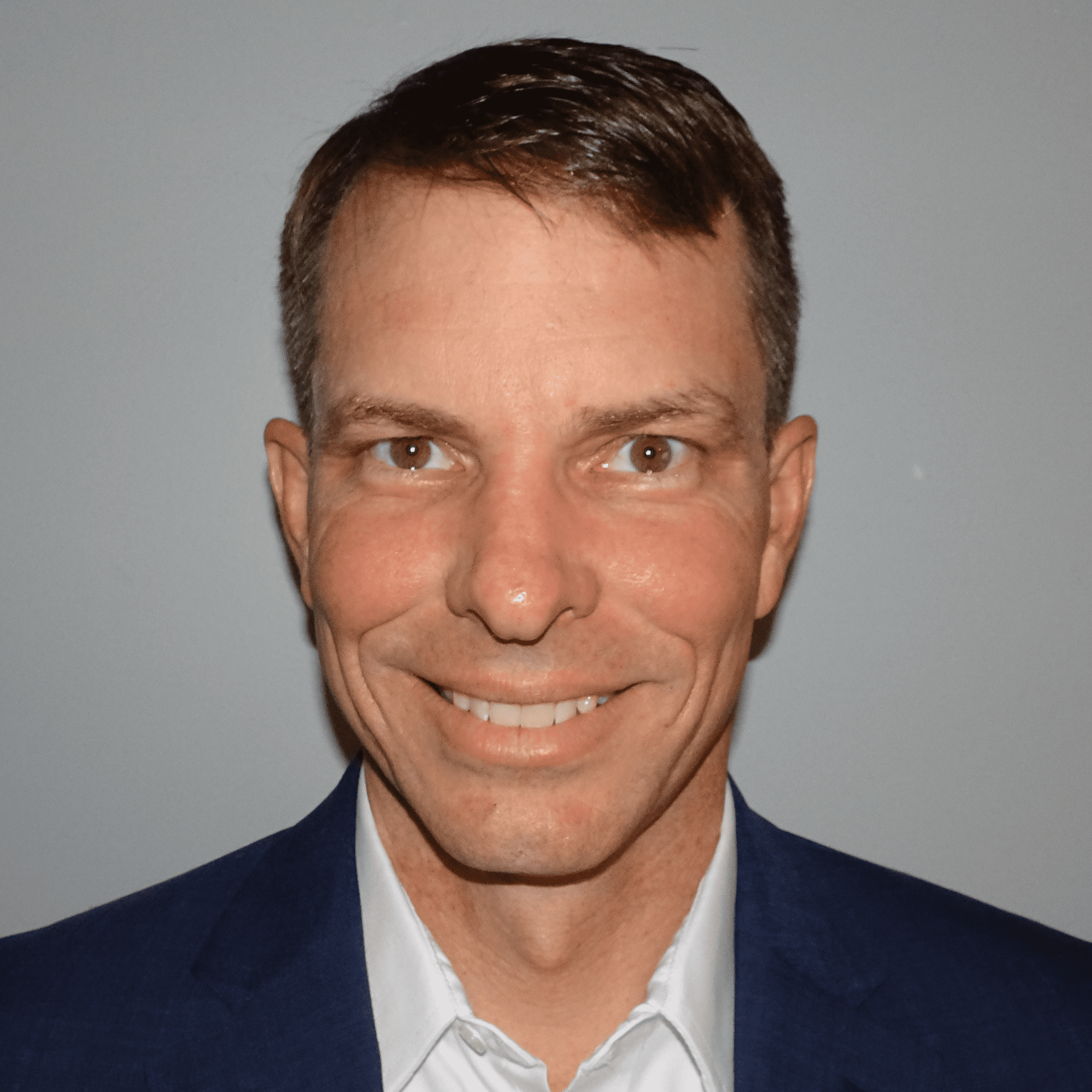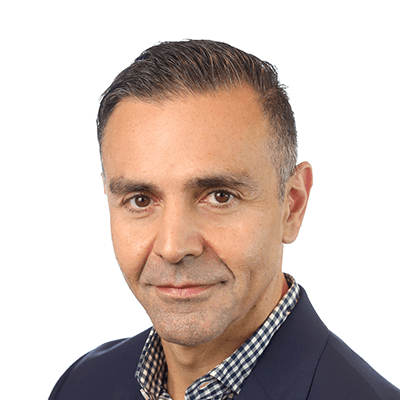- Solutions
- Solutions
- Home Health
- Hospice
- Life Plan Community
- Palliative Care
- Private Duty
- Senior Living
- Skilled Nursing
- Skilled Nursing
- Skilled Nursing Software
- Advanced Insights
- Customer relationship management
- Data and analytics
- Financial & operations management
- Marketing
- Nutrition management
- Referral management
- Regulatory compliance
- Retail management
- Resident engagement
- Revenue cycle management
- Skilled nursing interoperability
- Partners
- Blogs
- Resources
- About
- User Conference

How digital tools are transforming resident relationships
Digital solutions are the new reality in resident care.
Staffing shortages. Rising resident expectations. Families demanding more visibility.
The pressures on resident care are mounting.
In senior care, every day brings a balancing act. Staff juggle clinical care, endless documentation, phone calls, and family updates.
It’s no wonder nursing burnout is on the rise. Nurses in long-term care spend more than 180 minutes a day communicating with family members. That’s on top of the 35% of their time spent documenting care, plus another 15% searching for information. All this pulls attention away from what matters most: direct resident care.
And yet, families still want more. Many feel disconnected from their loved one’s care. For Gen X and Millennial family members, both used to texting, video calls, and real-time updates, the absence of digital engagement feels like a glaring gap.
In this blog, we explore how the right digital tools can change everything.
The shift from “nice to have” to “must have”
Digital engagement in healthcare isn’t just about convenience anymore. It’s about delivering effective communication in healthcare that reduces risk, improves outcomes, and builds trust.
Disconnected residents are more likely to miss treatments, misunderstand instructions, or fall through the cracks, which can lead to ER visits, readmissions, and other preventable events. In senior care, that can directly impact ratings, resident satisfaction scores, and even reimbursement levels.
The reality is simple: digital engagement isn’t optional. It’s now a competitive advantage and a clinical necessity.
Closing the communication gap
Senior care facilities face a unique challenge. Care may be delivered inside the facility walls, but the circle of care extends far beyond them.
Internal teams and outside partners need real-time updates to coordinate care. Family members want to know how their loved one is doing without waiting for a call back.
Traditional communication in healthcare (phone calls, voicemails, paper forms) simply can’t keep up with this complexity. Delayed updates, missed messages, and siloed information cause frustration for staff and anxiety for families.
Digital tools solve this by creating one central, secure, accessible channel for everyone involved. No more searching through emails, waiting on hold, or chasing paper forms. Everyone sees the same information, at the same time.

Why this matters for staff
When staff have what they need at their fingertips, they can do more with less.
- Streamlined workflows mean less time playing phone tag and more time with residents.
- Reduced cognitive load helps combat nursing burnout.
- Real-time updates keep everyone aligned, so no one walks into a resident’s room unaware of a medication change.
- Attractive to new hires because in a competitive staffing market, facilities using modern healthcare tools stand out to job seekers.
Digital engagement doesn’t replace staff. It empowers them to work at the top of their license and focus on the work that inspired them to enter healthcare in the first place.
Why this matters for residents
Residents benefit directly from better communication.
- Faster response times reduce confusion and delays in care.
- Fewer missed treatments help prevent complications and hospital readmissions.
- Easy-to-access education empowers residents to understand their care plans and take an active role in their health.
- Convenient access without the need to remember logins or download apps. Links can be sent via secure text.
Engaged residents are healthier residents. And healthier residents make for higher satisfaction scores and stronger reputations.
Why this matters for families
For families, digital engagement is peace of mind.
- Real-time updates mean no more wondering how Mom is doing until the next phone call.
- Secure messaging gives families a direct, private line to the care team.
- Transparency builds trust, which strengthens relationships and increases loyalty.
- Active involvement in care decisions ensures family members feel heard and valued.
In senior living facilities, where relationships often span years, this connection can make the difference between a family becoming a vocal advocate or quietly looking for a different option.
The “start small” approach
Some facilities hesitate to adopt new digital tools because they fear disruption. The key is to start small.
Pick one or two high-impact workflows and digitize those first. Patient intake forms and consents are an easy win. Instead of chasing paper signatures, send secure links residents or families can sign from their phone. Documents automatically upload into the electronic health record, no scanning or faxing required.
From there, add features like:
- Patient discussion groups (PDGs): Secure, internal team chats tied to a specific resident. Everyone can see updates in real time, and conversations can be added to the resident’s record.
- Secure family messaging: Text or portal messages that allow quick check-ins and questions without tying up the phone lines.
Once staff and families see the time saved and frustration reduced, adoption naturally grows.
The business case for digital engagement
The clinical benefits are clear. But the business case is just as strong.
- Better care coordination reduces costly readmissions and adverse events.
- Competitive positioning by demonstrating a commitment to modern, connected care can tip the scales for a family choosing between communities.
- Scalability with digital platforms that can grow with you, adding features and integrations without overhauling workflows.
Looking ahead to a digital future
As digital literacy increases, more seniors expect a mix of technology and human interaction in managing their healthcare. In fact, 53% now prefer that blend and the next generation of residents will expect it as the default.
The future will also bring more AI-powered healthcare tools. These can automate repetitive tasks like reviewing referral documents, flagging missing information, or even suggesting personalized care plans based on resident risk profiles.
For facilities, that means less manual work, faster onboarding, and more proactive care. For residents and families, it means more personalized, connected, and responsive service.
Leading the way with MatrixCare Engage
Facilities that embrace digital engagement now will be best positioned for success in the years ahead.
MatrixCare Engage delivers an integrated mobile ecosystem that brings residents, families, and care teams together in one secure, user-friendly platform. It offers real-time updates, secure messaging, and seamless integration with existing health records, making it easier to keep everyone aligned without adding to staff workload.
By adopting the right digital tools, senior care providers can strengthen relationships, improve resident care, and stand out in a competitive market. The engagement evolution is here. The only question is, are you ready?
Request a demo today for a closer look at MatrixCare.
Melissa Kozak
Melissa Kozak is a registered nurse, healthcare innovator, and entrepreneur dedicated to transforming home-based care through technology. With a clinical background in home infusion, Melissa experienced firsthand the critical communication breakdowns and operational inefficiencies that hinder patient care. She saw an industry still dependent on manual processes, creating delays, frustration, and avoidable risks for patients, caregivers, and providers.
Determined to bridge these gaps, Melissa partnered with a leading healthcare technologist and, in 2016, co-founded CitusHealth. Combining her deep clinical expertise with cutting-edge technology, she led the development of real-time, digital collaboration solutions that empower care teams, engage patients and families, and streamline workflows—setting a new industry standard for efficiency and patient-centered care.
Now a core part of ResMed’s Residential Care Software portfolio, CitusHealth continues to scale under her leadership, helping healthcare organizations modernize operations and deliver seamless, high-quality care. Melissa’s unique blend of clinical and business expertise has positioned her as a leading voice in healthcare innovation, driving digital transformation across post-acute and home-based care.
Related Posts


See MatrixCare in action
Start by having a call with one of our experts to see our platform in action.
MatrixCare offers industry-leading software solutions. Thousands of facility-based and home-based care organizations trust us to help them improve efficiency and provide exceptional care.
© 2025 MatrixCare is a registered trademark of MatrixCare. All rights reserved.






